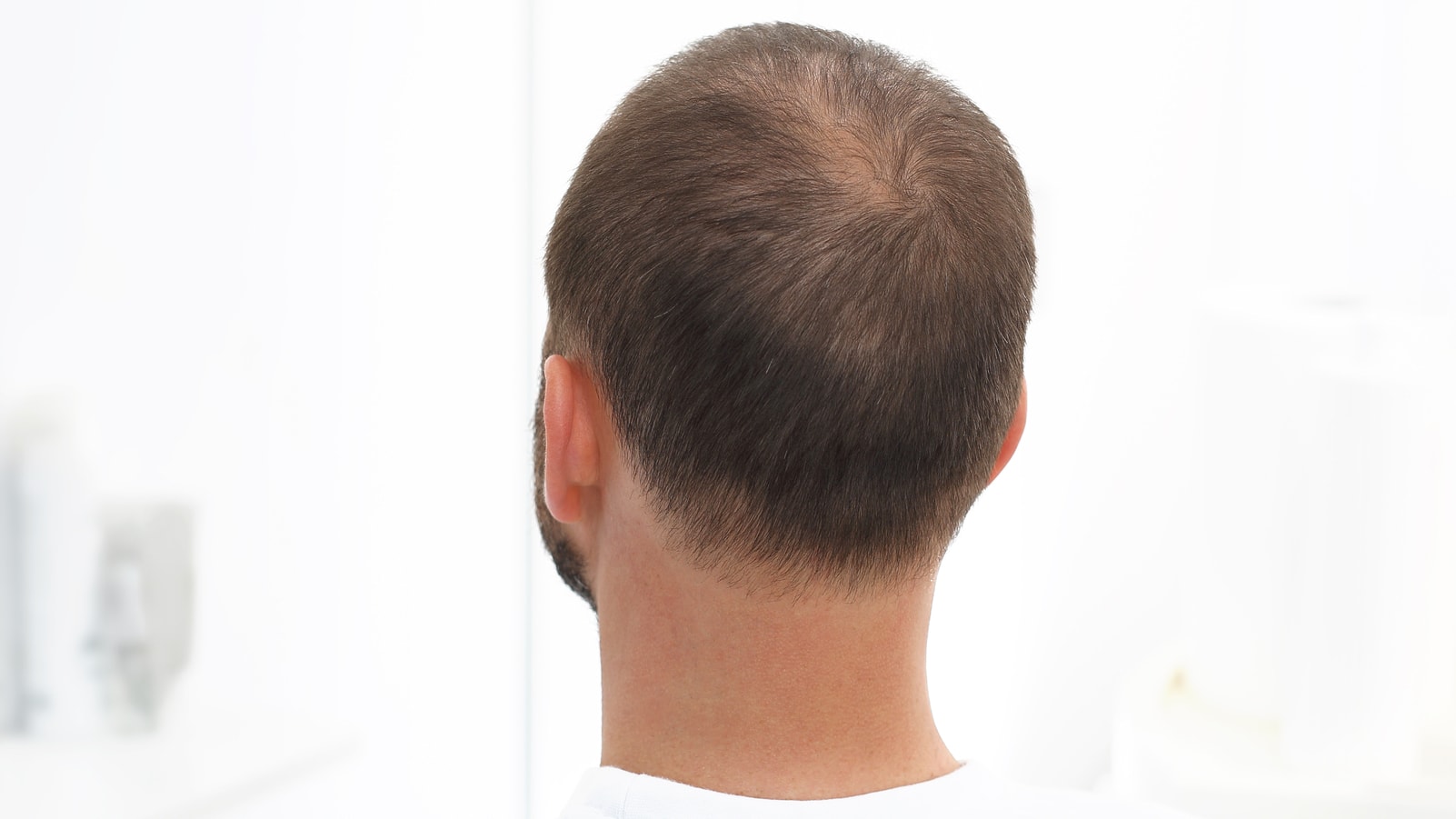

Alopecia Areata is a disease that can cause hair loss in every part of the skin on the human body. The disease creates a patchy bald appearance in the parts of the body affected by the condition. Doctors are aware of what alopecia areata is as well as what it does to men and women. What they’re not as knowledgeable about are the reasons the disease happens to certain people.
Alopecia Areata is an autoimmune disease. It’s a medical condition where people lose hair (usually) in little round bald patches on the scalp. It can also happen on other parts of the body such as the beard area in men. Sometimes it can even cause hair loss of the entire scalp and body.
The cause of alopecia areata is genetic to some degree even if there’s nobody else in the family who has the condition. Other than that, it’s not known what triggers it in people. Saying it’s genetic doesn’t necessarily mean a person inherited the condition. They just inherited particular genes that make them more susceptible to it. This autoimmune disease is not contagious. About 20% of the time, people who have it know somebody else in their family who has it. The direct inheritance from parent to child is somewhere around 8%. It’s not that common to pass it from parent to child but it is more common compared to the general population where it is estimated that about 2% of people will develop it at some point in their life. Even if the parents or grandparents of a family have no symptoms of it, the condition can still show up in a person.
There’s patchy alopecia areata which can range anywhere from one to multiple patches of hair loss. They usually come and go on their own. Sometimes they need to be treated in order to grow back. There’s also something called alopecia totalis, which means 100% scalp hair loss. Another type is alopecia universalis, which is 100% scalp and body hair loss. Those are the general types defined as alopecia areata. There’s another subtype called ophiasis where there’s hair loss all along the sides and the back of the scalp. There’s normally no itching or pain associated with alopecia areata. A person will simply lose hair and the amount lost will be determined by the severity of the condition.
In alopecia areata, the white blood cells that usually fight off infections are actually recognizing the hair as something that it needs to fight off. It is usually underneath the skin and causes the hair follicles to actually go dormant. It doesn’t kill the hair follicles; it just makes them go to sleep. The hair falls out but it’s reversible. Sometimes the inflammation stops and then the hair will grow back. The treatment options are not always reliable but sometimes the hair loss just stops by itself.
A biopsy is normally not needed to diagnosis the condition. It is usually very characteristic because of its sudden onset. Since, it is very clear that the bald patches are on the scalp, a consultation with a doctor is enough for accurate diagnosis. Sometimes it can get confusing and a biopsy can be done to determine what it is.
There’s no known way of preventing alopecia areata. Once a person has one spot, it’s not known how to prevent that person from getting another spot. There are not any vitamins that can be taken to prevent the condition.
The first line of treatment is usually something with corticosteroids. Topical treatments like solutions or foams can be used for treatment. Injections of cortisone into the scalp are also an option. Those are usually enough to treat localized symptoms. Sometimes, there are medicines like oral steroids to help treat it and other things that suppress the immune system.
The immune system is attacking the hair follicles and the immune system needs to be suppressed.
The latest development is something called the JAK inhibitors. Those are Janus Kinase inhibitors. They’ve been used for other diseases like rheumatoid arthritis and, most recently, they’ve been looked at for treating alopecia areata. Right now, they’re only available in oral pill form. They tend to be expensive but there might be a topical version in the future that would be available.
While the cause of alopecia areata is still unknown, research is being conducted to try and determine the definitive cause of the condition. Until modern medicine is able to pinpoint why some people suffer from the disease, a standard treatment procedure is not available at the moment. A person suffering from alopecia areata should consult with their doctor before starting on a treatment plan for the condition.
Written by Cosmetic Town Editorial Team – MA
Based on an exclusive interview by Dr. Carolyn Goh in Los Angeles, CA